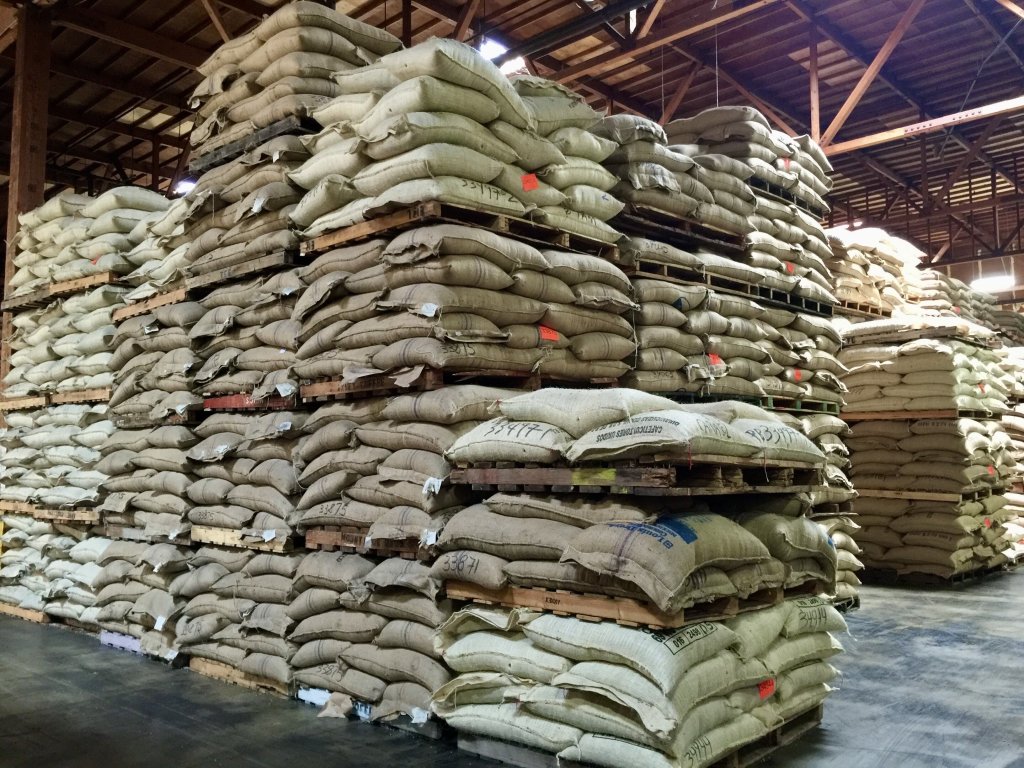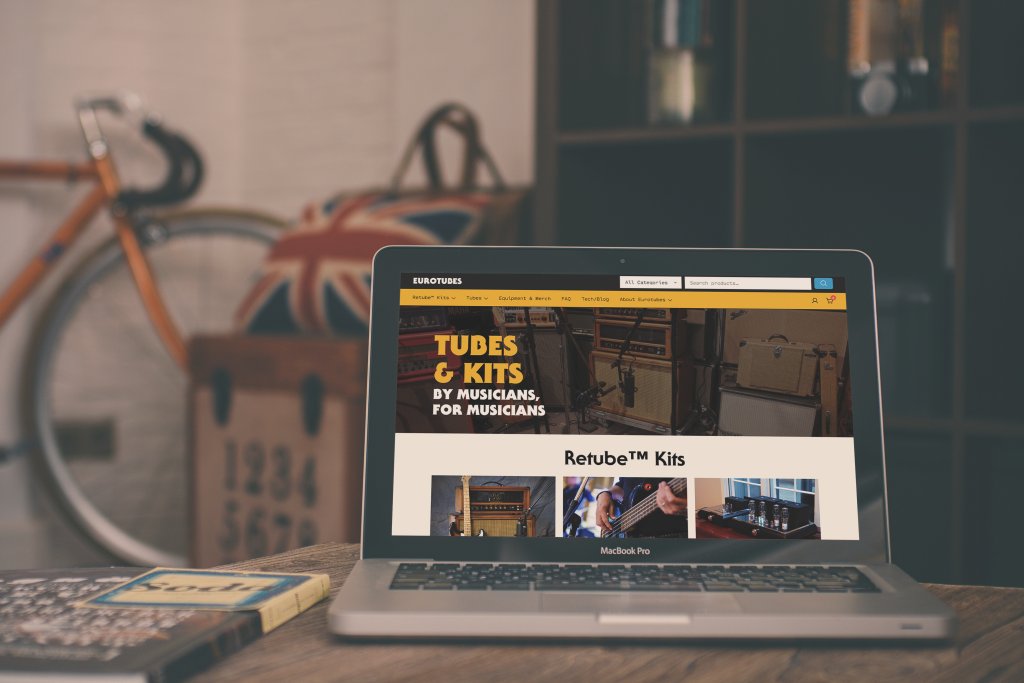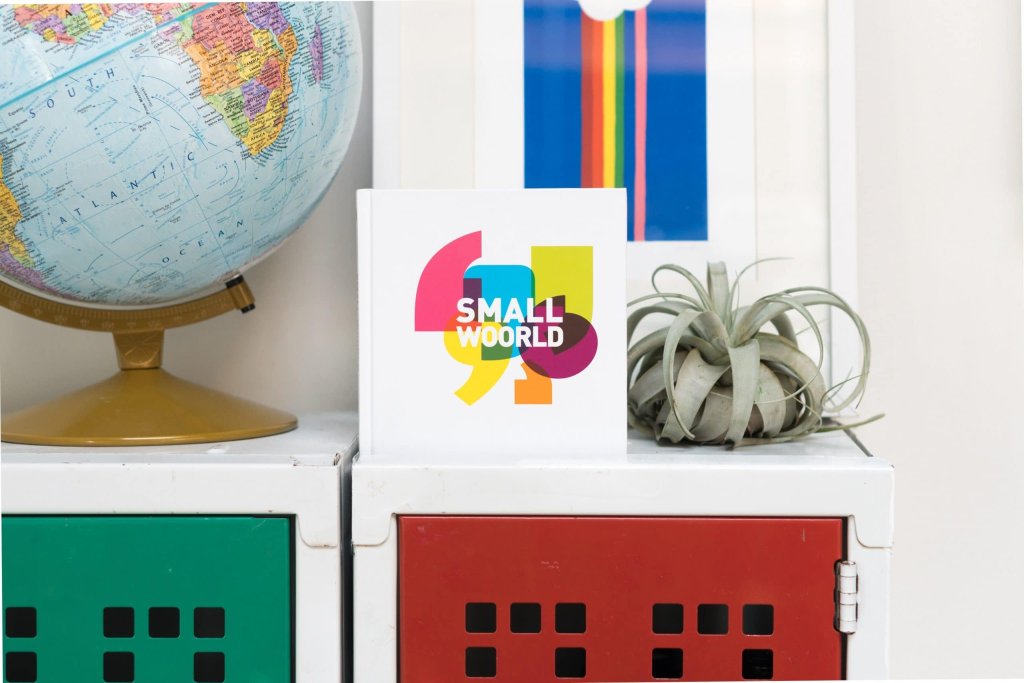
Coffee Roasters Should Transparently Display Tariffs on Their Sites
By Raymond Brigleb
With tariffs implemented by the current U.S. presidential administration—ranging significantly from 10% up to 46% presently—the specialty coffee industry is experiencing substantial pressure on pricing. Many countries crucial to coffee production have been directly impacted. As coffee roasters navigate these increased costs, transparency has become more vital than ever. We believe coffee roasters should clearly and proactively communicate the impact of tariffs on their e-commerce platforms.
Why Tariff Transparency Matters
Transparency isn't just an ethical choice; it's a strategic advantage. Coffee customers today care deeply about the integrity and sustainability of their purchases. We've seen impressive energy behind price transparency in the last few years (for example, we worked with Guilder Coffee to showcase their Ask Me About the Cost of Production guide and have helped a number of roasters add production costs to their websites).
Tariffs have become a new and significant driver of coffee costs. Clearly indicating tariffs helps consumers understand the real cost of their coffee, fostering trust and loyalty. Transparency also distinguishes a roaster’s brand by showcasing authenticity and openness about how global economic factors shape their business.
It also helps customers to understand that political choices have consequences, because they can see those consequences in action.
Two Approaches to Tariff Transparency
There are two primary ways roasters can present tariff-related costs: by explicitly itemizing tariffs as separate costs, or by integrating them into prices with clear explanations.
Approach 1: Explicitly Itemized Tariffs
Clearly itemizing tariffs separately provides maximum transparency. Consumers can directly see how tariffs impact coffee prices, offering an educational opportunity about global trade issues. This approach empowers customers by providing more insight and awareness into some supply chain issues.
Approach 2: Integrated Tariffs with Clear Callouts
Alternatively, roasters can integrate tariff costs directly into their listed prices, supplemented by clear explanatory notes or callouts on product pages. This method simplifies the shopping experience, ensuring customers encounter no unexpected charges at checkout. Aesthetically, it preserves a clean and minimal design, appealing to many specialty coffee brands.
Special Considerations for Subscription Customers
Subscription models complicate tariff transparency slightly, but also offer unique opportunities. Subscribers must be clearly informed about how tariffs influence their recurring costs. Roasters could adopt flexible pricing that adjusts to tariff changes, clearly communicating these adjustments well in advance.
Sending out a newsletter to subscribers, offering details and the rationale behind the price changes, is a smart and proactive choice. Transparency here is crucial for maintaining trust and avoiding unpleasant surprises.
Implementing Tariff Transparency on WooCommerce and Shopify
Currently, neither WooCommerce nor Shopify offers comprehensive built-in tools specifically tailored to displaying tariffs transparently. However, both platforms are highly customizable, providing a starting point for tailored solutions.
Implementation may involve:
- Product pages featuring informational tooltips or notes clearly indicating that tariffs influence pricing.
- Checkout processes that explicitly break down the base price and the tariff amount, enhancing transparency.
- Subscription management interfaces where tariff-related adjustments are clearly communicated ahead of renewal periods.
While basic functionalities can be partially achieved through existing plugins—such as price breakdown or additional fee plugins—most roasters will benefit significantly from customized solutions. Engaging a skilled developer or a specialized design studio will help to implement these transparency features effectively.

Conclusion
In an era where customer trust and brand integrity profoundly influence purchasing decisions, transparently displaying tariff costs is more than good ethics—it's excellent strategy. Coffee roasters who openly communicate these economic realities will not only educate their customers but also foster deeper loyalty and stand out in an increasingly competitive market.
If you're interested in bringing greater transparency to your e-commerce platform or have questions about implementing these strategies, we’d love to help.


